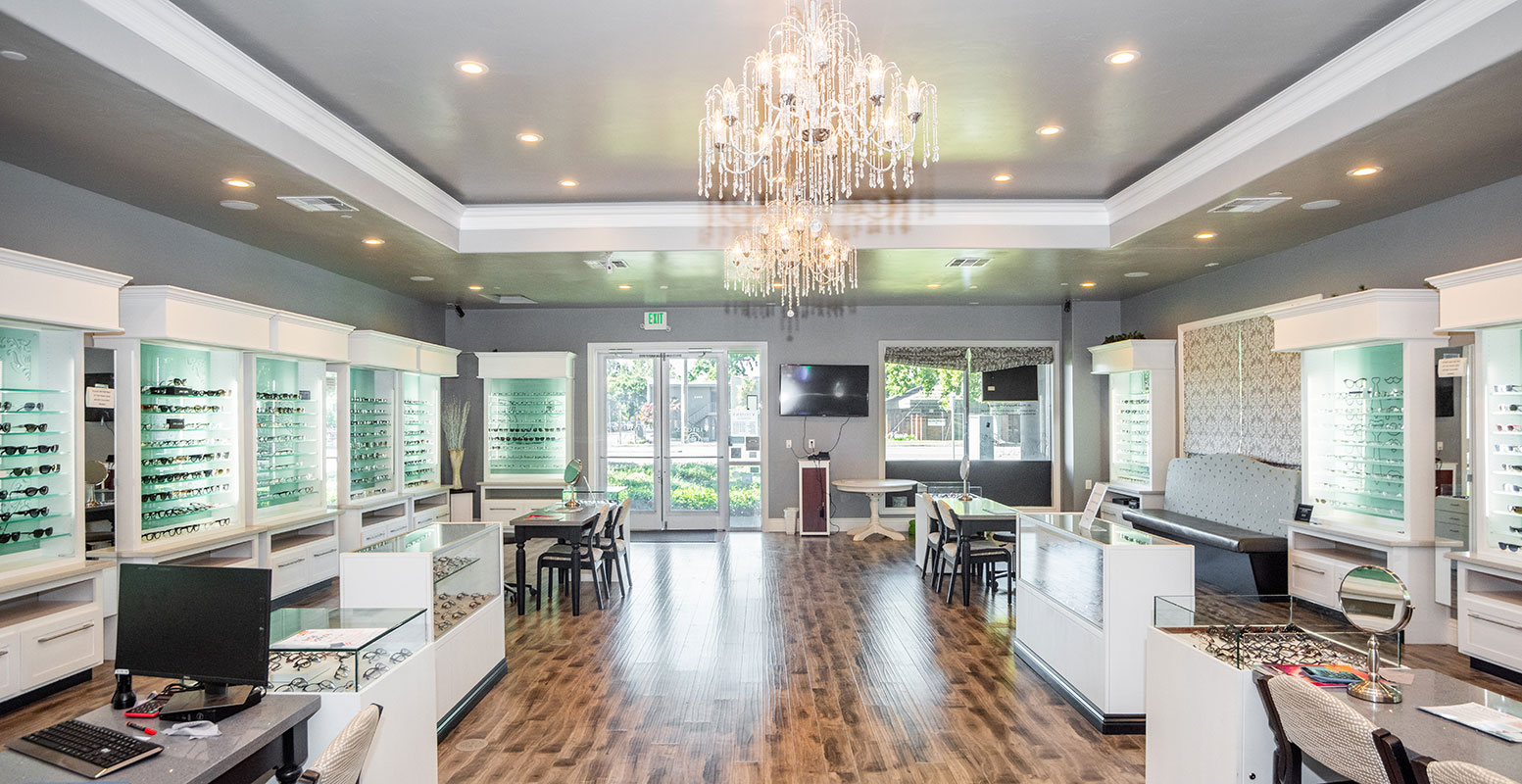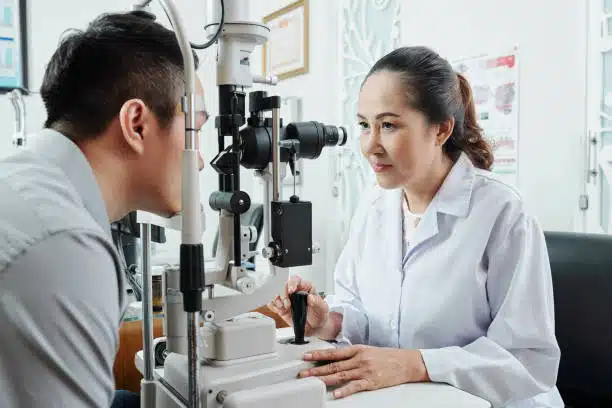The Value of Regular Check-Ups with an Eye Doctor Optometrist
Checking Out the most recent Technological Innovations in Optometry and What They Mean for Optometrists
From the accuracy of Optical Coherence Tomography to the nuanced understandings offered by AI-driven diagnostic tools, these advancements are setting new requirements in person assessment and therapy. As these advancements permeate the practice, optometrists are faced with the difficulty of welcoming these tools to boost client end results.
Innovations in Diagnostic Devices
Progressing the field of optometry, technologies in diagnostic tools have actually reinvented the method eye care experts assess and identify eye problems and aesthetic disabilities. The past years has actually observed significant technological advancements, allowing more precise and extensive evaluations. Optical Coherence Tomography (OCT), for instance, provides high-resolution cross-sectional photos of the retina, permitting for the very early detection of diseases such as glaucoma and age-related macular deterioration. This non-invasive imaging strategy has become important in modern optometric technique.
An additional key advancement is the introduction of sophisticated corneal topography systems, which map the surface area curvature of the cornea with precision. These devices are especially valuable for fitting contact lenses and detecting corneal problems. Moreover, electronic retinal imaging has actually transformed conventional ophthalmoscopy, offering comprehensive, scenic sights of the retina that assist in comprehensive aesthetic examinations.
The development of wavefront aberrometry has actually also been important, making it possible for the analysis of refractive mistakes with unmatched accuracy (Opticore Optometry). This modern technology assists in customizing restorative lenses and improving surgical results for refractive surgical procedures. Jointly, these analysis innovations encourage eye doctors to supply superior client care, guaranteeing early intervention and tailored treatment strategies, ultimately enhancing aesthetic wellness end results
AI in Person Management
Building on the structure of sophisticated analysis tools, the consolidation of fabricated intelligence (AI) in individual management represents a transformative leap for optometry. AI systems are progressively utilized to boost efficiency, precision, and customization in client care.
Additionally, AI-driven platforms assist in structured patient communications and management procedures. Automated organizing, virtual appointments, and individualized follow-up plans not just enhance person contentment but additionally maximize time management for professionals. These systems can triage patients based on the urgency of their problems, ensuring that those in essential need get prompt focus.
Furthermore, AI boosts decision-making by supplying optometrists with evidence-based recommendations and therapy pathways. By integrating data from digital wellness documents, AI tools use insights that notify medical decisions, lowering the risk of mistakes and enhancing patient results. As AI continues to evolve, its function in client administration will likely broaden, improving the landscape of optometric treatment.
Developments in Retinal Imaging
In the realm of optometry, retinal imaging has actually witnessed exceptional technical developments that are boosting analysis abilities and person care. Technologies such as Optical Comprehensibility Tomography (OCT) and fundus digital photography have actually revolutionized exactly how optometrists analyze the retina and picture.
Enhanced imaging modalities like OCT angiography are further refining analysis precision. Optometrist Chino. Such improvements facilitate the recognition of minute retinal modifications that could represent disease development.
Furthermore, developments in man-made intelligence are enhancing retinal imaging by allowing computerized analysis of huge datasets. These systems assist optometrists in determining patterns a measure of pathology, thus improving analysis precision and performance. Collectively, these developments are transforming retinal imaging into a keystone of contemporary eye treatment, boosting results and expanding therapeutic possibilities.
Teleoptometry's Growing Role
Teleoptometry is increasingly coming to be a vital component of read the full info here eye care, driven by innovations in data and analysis devices. As optometry welcomes digital improvement, teleoptometry promotes remote examinations, permitting eye doctors to prolong their services beyond conventional borders. This is specifically beneficial in underserved and rural locations where access to specialized eye treatment is commonly minimal. By leveraging high-resolution video clip conferencing and advanced retinal imaging, optometrists can carry out comprehensive eye tests from afar, ensuring timely diagnosis and treatment.
The combination of artificial knowledge (AI) further improves teleoptometry, enabling the analysis of aesthetic information and assisting in the detection of eye problems such as glaucoma and diabetic retinopathy. AI-powered formulas can quickly interpret intricate imaging information, supplying optometrists with important insights that boost medical decision-making.
Moreover, teleoptometry sustains connection of care with seamless combination with electronic health and wellness records (EHRs), enabling eye doctors to preserve thorough individual histories. This guarantees that patients get regular and individualized treatment even when seeking advice from different practitioners.
Regardless of these benefits, challenges remain, including ensuring information security and taking care of person expectations. Teleoptometry represents a considerable stride in the direction of more available, efficient, and patient-centered eye treatment. As technology develops, its function is positioned to broaden better.

Future Fads in Eye Care
A myriad of cutting-edge patterns is readied to improve the future of eye treatment, driven by technical improvements and the evolving demands of patients. One significant pattern is the combination of expert system (AI) in diagnostics, which assures to boost the precision and efficiency of eye evaluations. AI formulas can evaluate huge quantities of information from retinal photos, potentially detecting problems like diabetic person retinopathy and glaucoma earlier than conventional methods.
In addition, customized medicine is gaining grip Get More Information in optometry, with hereditary screening notifying customized therapy plans. This approach aims to maximize client end results by customizing interventions to private genetic profiles. Wearable modern technology, such as wise contact lenses, is also coming up, using real-time surveillance of intraocular pressure or sugar degrees, thus giving constant insights right into ocular and systemic wellness.
The adoption of enhanced fact (AR) and online reality (VR) in training and patient education and learning is another arising pattern. These innovations use immersive experiences that can boost understanding and abilities both for optometrists and patients. As these patterns evolve, eye doctors must remain abreast of technical advancements to give innovative care, guaranteeing improved individual end results and satisfaction in the dynamic landscape of eye care.
Final Thought

Collectively, these diagnostic improvements equip eye doctors to supply premium person treatment, making certain very early treatment and tailored treatment methods, inevitably enhancing aesthetic health results.

As these innovations proceed to develop, optometrists have to adjust and integrate them into technique, ultimately maximizing process efficiency and raising the criterion of eye care delivered to individuals.